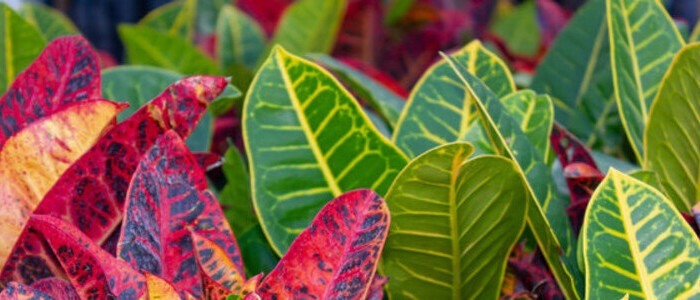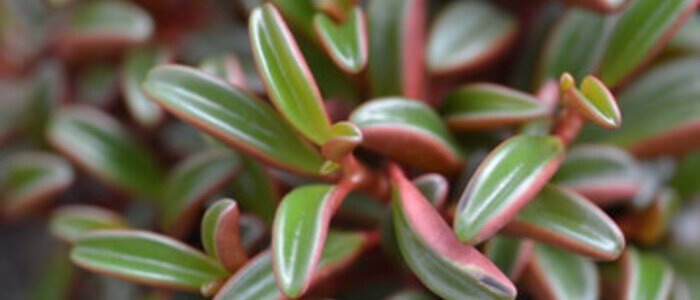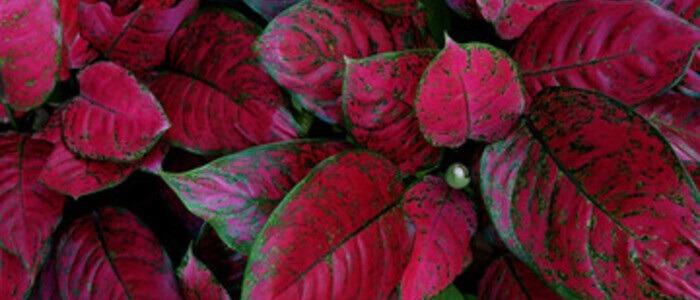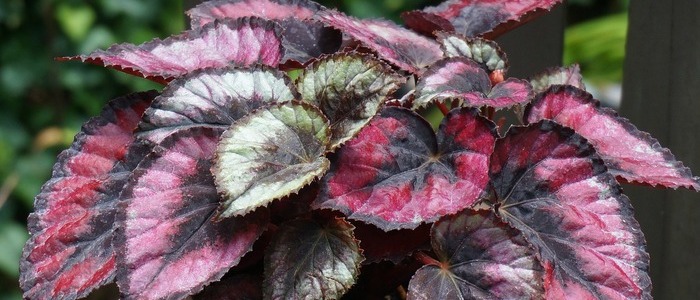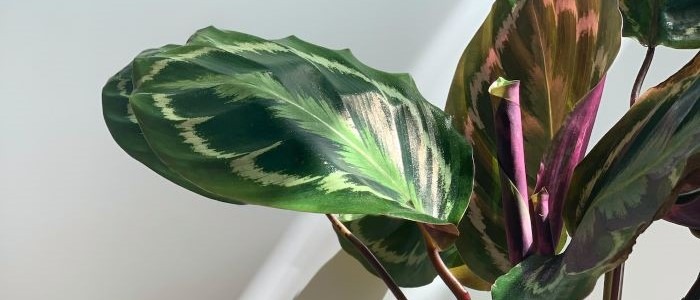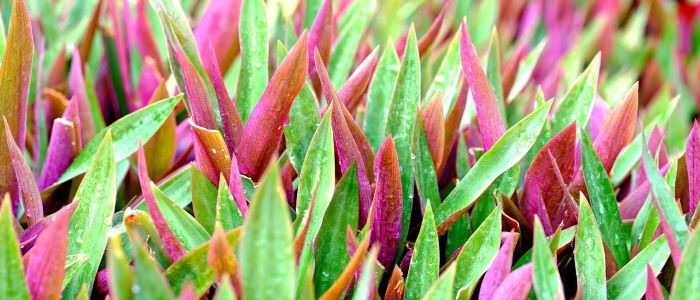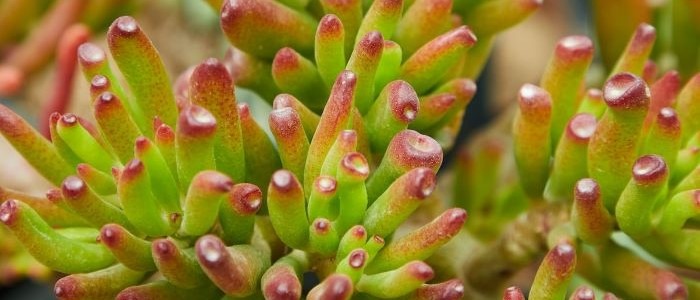The distinctive and colorful appearance, of bromeliad plants, make them a popular choice for indoor areas They are easy to care for and can add a pop of color to any room. Incorporating bromeliads into your home decor is a great way to bring a touch of nature into your space.
Whether you’re looking to add a statement piece or simply want to liven up a corner, there are many ways to use these plants in your home. In this blog post, we’ll explore some creative ways to incorporate bromeliads into your home decor, such as using them as centerpieces on dining tables or coffee tables.
Their vibrant colors and unique shapes can instantly elevate the look of any space. Another idea is to hang them in macrame plant hangers near windows or on a gallery wall to create a boho-chic vibe. Additionally, you can place bromeliads in decorative pots and display them on shelves or mantels for a stylish touch. No matter how you choose to incorporate bromeliad plants into your home decor, they are sure to bring a fresh and lively atmosphere to your living space.
.
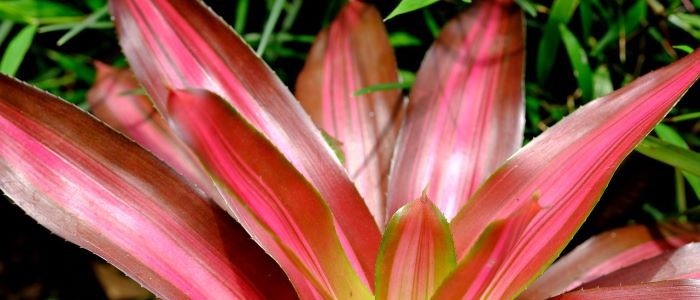
Bromeliad Plants Frequently Asked Questions
How often should you water bromeliad plants?
The watering needs of bromeliad plants can vary depending on the species and the environment in which they are grown. Generally, bromeliads are adapted to survive in areas with limited water availability, such as the tropical rainforests where they originate. Therefore, they have evolved to store water in their leaves and central cups, which allows them to withstand periods of drought. As a result, overwatering can be detrimental to bromeliads and may lead to root rot and other issues. It is recommended to water bromeliads thoroughly but infrequently, allowing the soil to dry out between waterings.
Are bromeliads indoor plants?
Yes, Bromeliads are often grown as indoor plants. In fact, due to their vibrant colors and foliage they are a popular choice for indoor gardening. As long as they receive adequate light and proper care they can thrive in a variety of indoor environments,. However, it is important to note that not all bromeliad species are suitable for indoor cultivation, so it is advisable to choose varieties that are known to adapt well to indoor conditions. Additionally, providing the right humidity levels and avoiding overwatering are crucial for the health and longevity of indoor bromeliads.
How to Care for Bromeliad Plants
The Bromeliads’ unique foliage and vibrant colors make them popular houseplants. In addition, they are easy to care for making them a great choice for beginners. You need to know a few key things to keep your bromeliad healthy and thriving. First, it’s important to understand the plant’s natural habitat and growing conditions. Bromeliads are native to tropical regions and thrive in bright, indirect light and high humidity. They also prefer well-draining soil and should be watered regularly but not overwatered.
Another important factor to keep in mind when caring for your bromeliad is its unique growth cycle. Unlike other houseplants, bromeliads have a distinct life cycle involving producing a single flower spike and slowly dying off. However, this doesn’t mean the Bromeliad plant is dead; it may produce new baby “pups” or plants from the base of the original plant.
To encourage the growth of these pups, it’s important to avoid cutting off the flower spike and to continue caring for the plant as usual. With the right care and attention, your bromeliad can live a long and healthy life, bringing color and beauty to your home.
How to Propagate Bromeliad plants
Like most plants there are several methods to propagate a bromeliad plant. One method is by using offsets, also known as pups, which are miniature versions of the parent plant that grow at the base. These can be removed and planted individually once they have grown to a sufficient size. Another method is by using seeds, which can be harvested from the parent plant once it has flowered and the seed pods have matured. However, this method requires patience and can take several years for the plant to reach maturity.
To propagate bromeliads using pups, carefully remove the offset from the parent plant, making sure to keep as much of the root system intact as possible. Once removed, the offset can be potted in a well-draining soil mix and placed in bright, indirect light. It’s important to note that pups should not be removed from the parent plant until they are at least one-third the size of the parent plant.
This ensures that the pup has enough energy and nutrients to survive on its own. Additionally, it’s best to wait until the pup has developed its own roots before transplanting it into a new pot. With proper care and patience, propagating bromeliads can be a rewarding and enjoyable experience for plant enthusiasts.
Tips for Pruning Bromeliad Plants
Pruning is an essential practice for maintaining the health and beauty of your Bromeliad plant. By removing dead or damaged leaves, you can prevent the spread of disease and promote new growth. However, it’s important to approach pruning with care, as improper techniques can harm your plant. In this article, we’ll share some tips and tricks for pruning your Bromeliad to keep it looking its best.
Here are five tips to guide you when pruning your Bromeliad plant :
1. Identify the right time to prune The best time to prune your Bromeliad plant is during its active growing season, which is typically from spring to summer. Avoid pruning during the plant’s dormant period, as it may not recover as quickly.
2. Use the right tools It’s important to use sharp, clean pruning shears when cutting your Bromeliad. Dull or dirty tools can damage the plant and increase the risk of infection.
3. Cut at the right angle When removing leaves or stems, make sure to cut at a 45-degree angle. This helps to prevent water from pooling on the cut surface and potentially causing rot. Proper pruning techniques can help promote healthy growth and maintain the appearance of your Bromeliad plant.
4. Remove dead or damaged leaves regularly In addition to shaping your Bromeliad, regular pruning also involves removing any dead or damaged leaves. These leaves can harbor pests or diseases that can spread to the rest of the plant. By removing them promptly, you can prevent further damage and keep your plant healthy.
5. Use sharp, clean tools for pruning When pruning your Bromeliad, it is important to use sharp and clean tools. Dull or dirty tools can damage the plant and spread diseases. Before using your tools, make sure to sterilize them with rubbing alcohol or a bleach solution to prevent any potential contamination. Additionally, using sharp tools will make cleaner cuts, promoting faster healing and reducing the risk of infection.
Common Problems Faced When Growing Bromeliad Plants
Overwatering is one of Among the most common problems faced when growing bromeliad plants. These plants are adapted to grow in humid environments, but they do not like to sit in water. Overwatering can lead to root rot and eventually kill the plant. Another issue is improper lighting.
Bromeliads require bright, indirect light to thrive, but too much direct sunlight can scorch their leaves. In addition, low humidity levels can cause the leaves to dry out and turn brown. It is important to provide adequate humidity by misting the leaves or placing a tray of water near the plant.
Other common problems in bromeliads are pest infestations and diseases. It is important to regularly inspect the plant for any signs of pests such as spider mites or mealybugs, and to treat them promptly. Diseases such as fungal infections can also occur, especially if the plant is overwatered or exposed to too much moisture.
The best way to treat spider mites and mealy bugs in bromeliads is to use a mild soap solution or insecticidal spray. For fungal infections, it is important to reduce watering and improve air circulation around the plant. In severe cases, it may be necessary to remove the affected leaves or even the entire plant. With proper care and attention, bromeliads can thrive and add beauty to any indoor or outdoor space.
Conclusion
In conclusion, taking proper care of your Bromeliad plant is crucial for its health and longevity. Regular watering, proper lighting, appropriate soil, and timely pruning are all essential factors to consider. Following these tips ensures that your Bromeliad thrives and remains a beautiful addition to your home or garden.
Always use sharp and clean tools for pruning and sterilize them before use to prevent contamination.
Other Multi-color Houseplants

